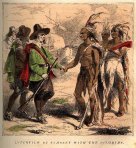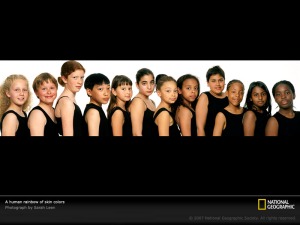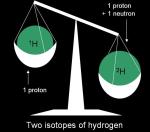Voyage on the Mayflower
The Mayflower has a famous place in American history as a symbol of early European colonization of the future United States.[6](http://en.wikipedia.org/wiki/The_Mayflower).
Portugal and Spain founded Navigation Schools. These schools produced expertly trained mathematical and
nautical technicians. A science improvement, and hence what Spain called the New World, which is now The United States of America. (http://tmscconsultingsvcs.wordpress.com/2010/09/10/what-caused-columbus-voyages/).








